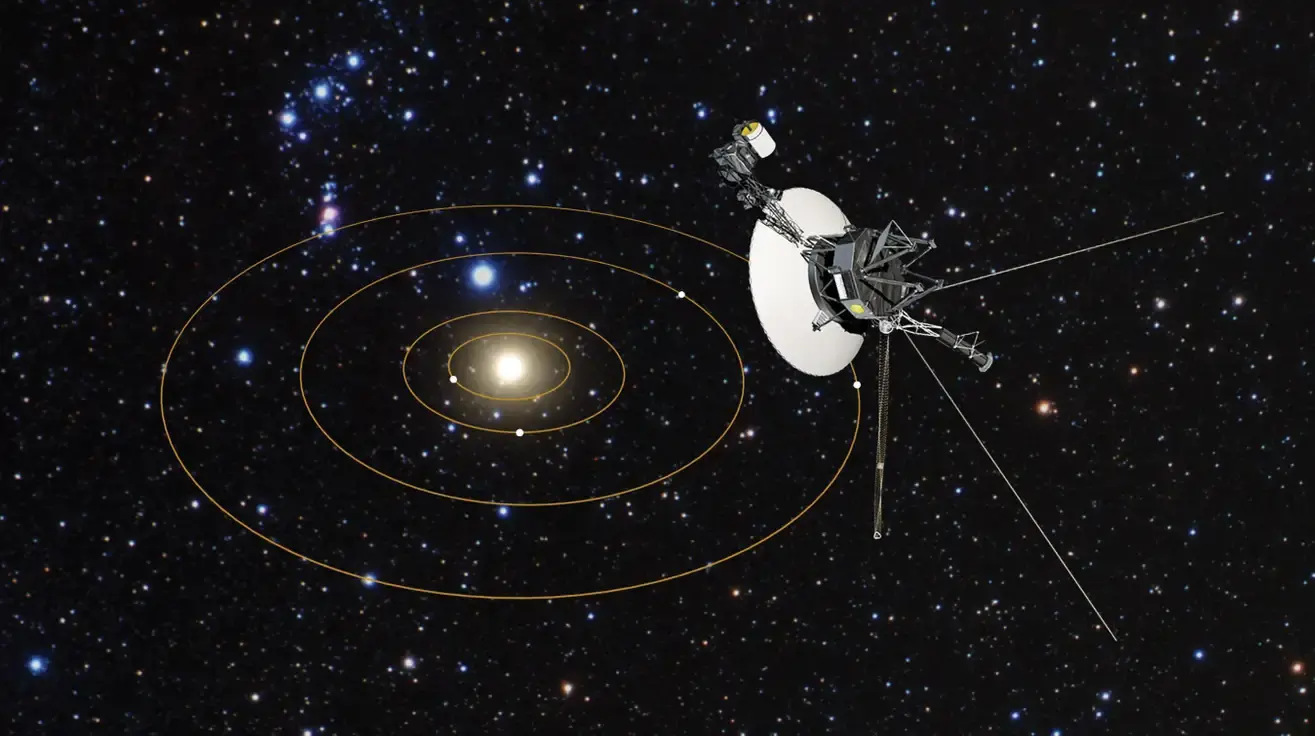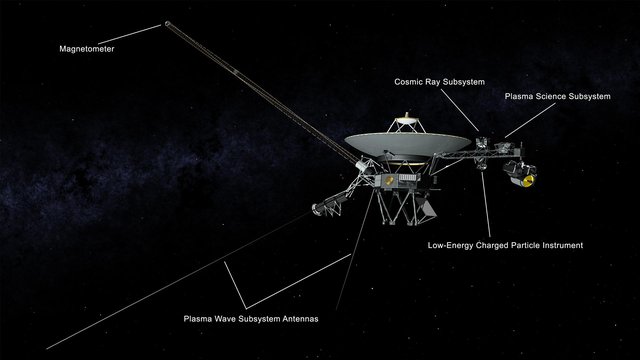|
Voyager 1 remains humanity’s furthest outpost, hurtling across interstellar space at 38,210 miles per hour. However, NASA lost communication with the beloved space probe on October 19. The space agency reconnected with Voyager 1 five days later using a radio transmitter that the probe hadn’t used since 1981. The issue emerged when the Voyager 1 flight team at the Jet Propulsion Laboratory sent a command to the probe to turn on one of its heaters. The probe had enough power for the heater, but the command activated Voyager’s fault protection system. The failsafe system also impacted the probe’s X-band radio transmitter, which is why engineers hypothesized that Voyager was experiencing a problem. NASA explained: The flight team suspected that Voyager 1’s fault protection system was triggered twice more and that it turned off the X-band transmitter and switched to a second radio transmitter called the S-band. While the S-band uses less power, Voyager 1 had not used it to communicate with Earth since 1981. It uses a different frequency than the X-band transmitters signal is significantly fainter. The flight team was not certain the S-band could be detected at Earth due to the spacecraft’s distance, but engineers with the Deep Space Network were able to find it. NASA will not power the X-band transmitter back on until engineers can pinpoint the underlying reason behind the fault. Communications between JPL and Voyager 1, over 15 million miles away, are typically lengthy, taking almost 23 hours to send commands. Voyager 1 dealt with other issues in recent months, like juggling thrusters to remain able to orient the probe’s antenna back towards Earth.
0 Comments
Leave a Reply. |
Send us an email at [email protected] if you want to support this site buying the original Division of Aero Patch, only available through this website!
All
|



 RSS Feed
RSS Feed